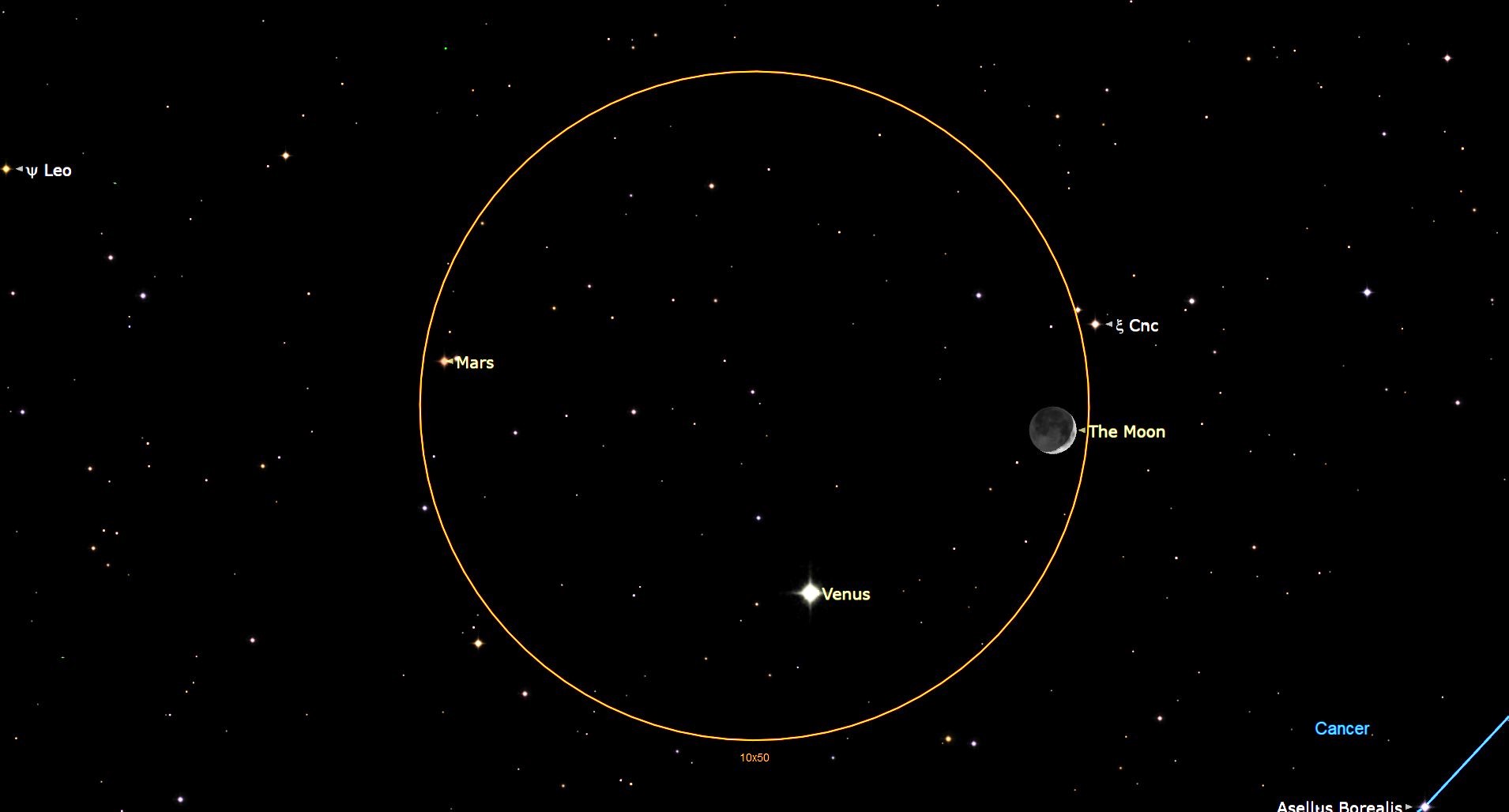
Summer officially began in the Northern Hemisphere today (June 21), marking the longest day of the year.
During the June solstice (or summer solstice), the sun reaches its highest and northernmost points in the sky. Delivering the maximum daylight hours of the year for the Northern Hemisphere and minimum daylight hours of the year in the Southern Hemisphere, according to Chris Vaughan, amateur astronomer with SkySafari Software who oversees Space.com's Night Sky calendar.
This year, the summer solstice officially occurred at 10:57 a.m. EDT (14:57 GMT), when the sun reaches a point directly overhead of the Tropic of Cancer (latitude 23.5 degrees north).
Related: Stonehenge's summer solstice orientation is seen in monuments all over the UK in amazing photos
As well as the longest day of the year and the start of summer, the June solstice also occurs at the moment the northern half of Earth is tilted toward the sun, resulting in the Northern Hemisphere receiving sunlight at the most direct angle of the year.
To determine how many hours of daylight you'll receive during the June solstice you can use The Farmer's Almanac Sunrise and Sunset Calculator.
As always, there are two sides to every story. While the Northern Hemisphere welcomes longer days and warmer temperatures, the June solstice also marks the beginning of winter in the Southern Hemisphere when the sun is at its lowest point in the sky.
Throughout the rest of June, skywatchers will also be treated to the moon, Venus, Mars and shining close together. Tonight (June 21), the thin waxing crescent moon will form a triangle to the right (celestial north) of Venus and Mars. While Venus and the moon will be visible after sunset, you'll need to wait for the sky to darken somewhat before Mars makes itself visible. The trio will be close enough to share the view in binoculars and will set shortly after 11 p.m. local time.

Hoping to capture a good photo of the moon as it approaches Venus and Mars? Our guide on how to photograph the moon has some helpful tips. If you're looking for a camera, here's our overview of the best cameras for astrophotography and best lenses for astrophotography. As always, our guides for the best telescopes and best binoculars can help you prepare for the next great skywatching event.







